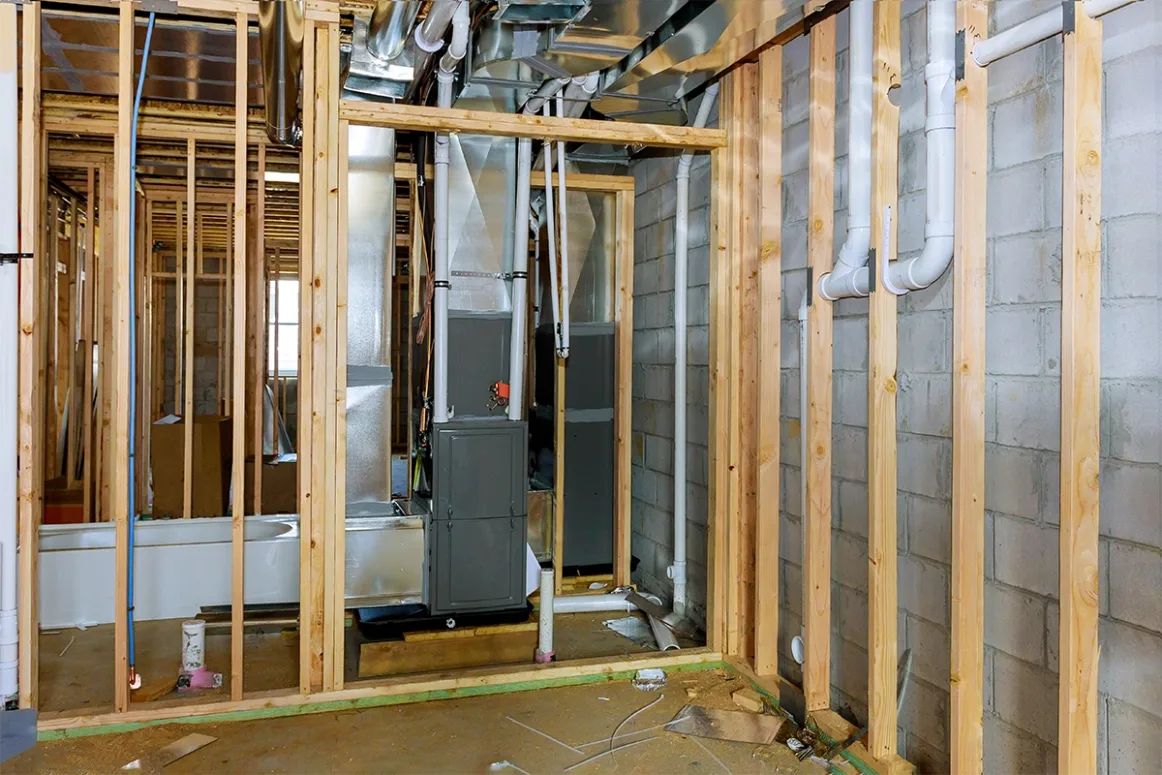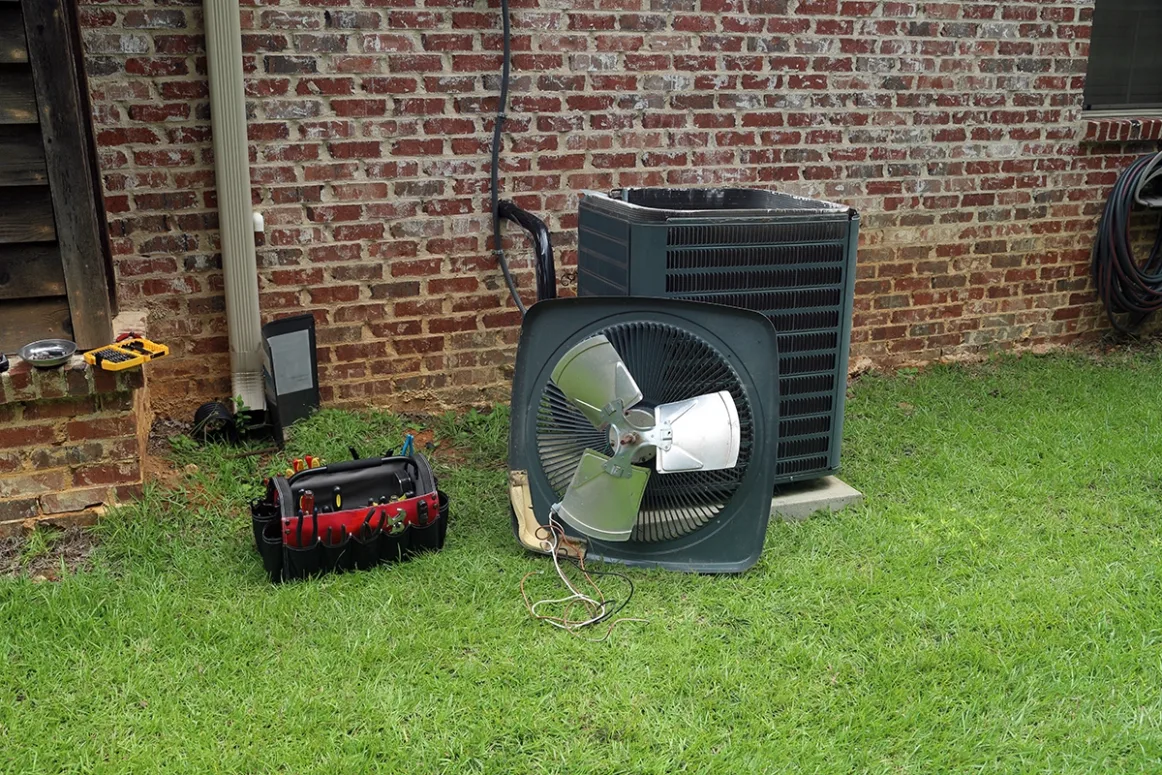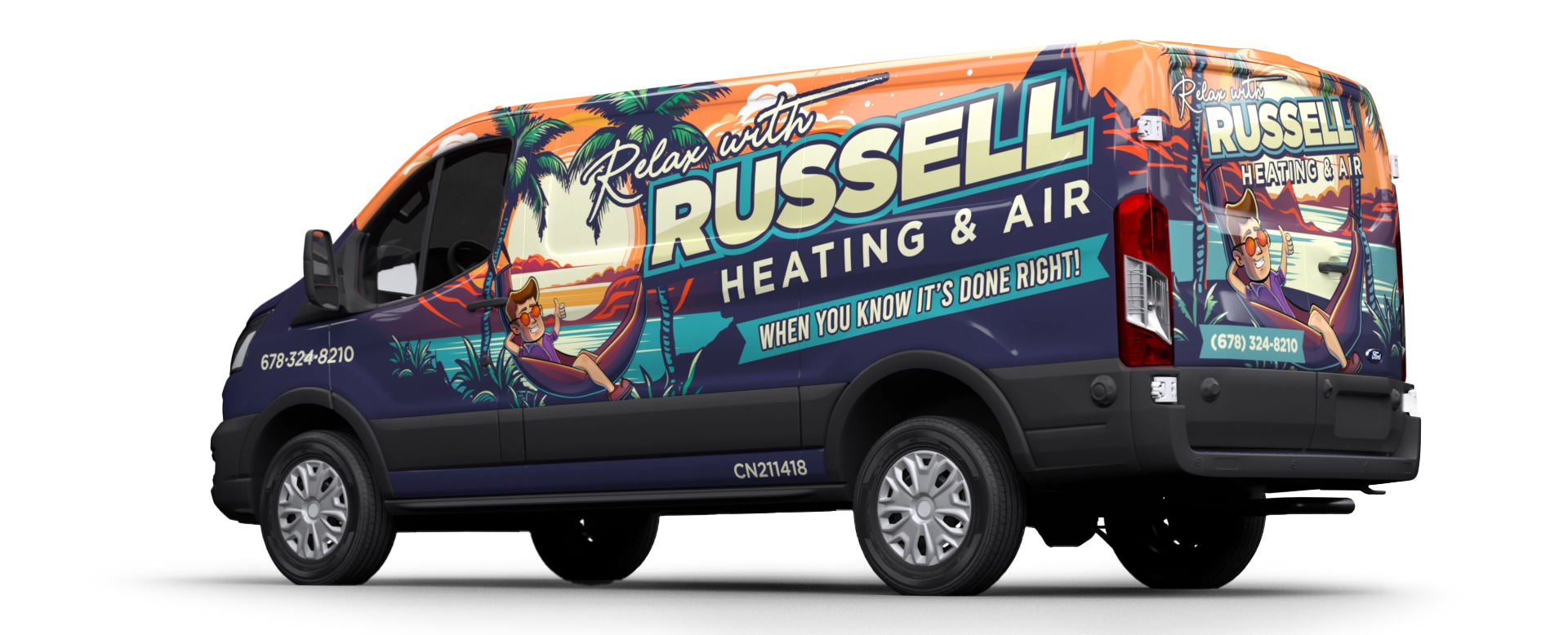
Furnace Not Heating? Here’s What You Need to Know
A malfunctioning furnace is a nightmare, especially when the temperature drops. You can feel the warmth of the room turn cold. What will you do? Swear and blame; it’s standard when your furnace lacks enough heat. With the furnace malfunctioning, you’re bound to be cold and miserable. The problem lies in gas or electric furnace issues. These scenarios are not only annoying but, in some instances, can even become a safety hazard.
Troubleshooting a furnace can hurt in the pockets, but it does not always need expensive repairs. In most instances, furnace problems arise due to some maintenance the user can perform. This blog aims to assist consumers in a stressful situation due to their furnaces. You will learn what causes the furnace core to stop heating, what steps you can take to troubleshoot the problem, and when it would be best to call in a technician.
Why a Furnace Is not Heating Up
Given that the furnace’s job is to provide warmth to your home, we want this system to be in optimal working order. However, there are some possible explanations for why it is not providing heat. Here are the most common issues.
-
Thermostat Problems
At times, the issue does not lie with the furnace but with the device meant for its control—the thermostat. If the thermostat is not installed correctly, the furnace may not activate. One more typical problem is battery failure for programmable thermostats, which can halt the thermostat’s function altogether.
-
Issues related to the Source of Electricity
A furnace requires a dedicated source of power at all times. Without a power connection, the furnace cannot produce heat. Power supply issues can include tripped circuit breakers, blown fuses, or even some switches around the furnace that have been turned off by mistake.
-
An Air Filter that is Either Dirty or Clogged
Your furnace will always have an air filter, an integral part of the system’s function and essential to maintain clean air circulation within your home. Considering the air filter, if it is covered with dirt and other debris, it may hinder airflow to the furnace and make the system work harder, leading to overheating of the furnace. At this point, the built-in protection measures may disable the furnace.
-
Problems of Ignition and Pilot Light
For people using a gas furnace, the primary role of the pilot light or ignition system is to engage the burners that provide warmth to the home. Conventional furnaces require a pilot light that has to remain on at all times, while modern ones utilize an electronic ignition system. The furnace cannot produce heat when some components are not in working order.
-
Problems with the Blower Motor
A furnace blower motor is optimized to move warm air around the dwelling units’ ductwork. Likewise, if the blower motor is faulty, your furnace might create heat but will not send it through the ducts. This creates an unpleasant climate in the home because the heat isn’t making it through.
Prevention and Maintenance Steps You Can Follow
Thermostat Setting Up
When your furnace does not heat your house, it can be attributed to a mechanical fault or electrical problem; even the thermostat is suspect. Here is what you can do.
- Check the Heat Setting: It may be easy to forget this annoying detail, especially when you switch from heating to cooling mode in the upcoming seasons. If heating is selected, the thermostat should never be in ‘cool’ mode or ‘off’ settings.
- Set Desired Amount of Heat: Your furnace’s inconsistent thermostat setting causes trouble. Turn it up a notch, and let us see how long your furnace responds.
- Replace Batteries if Required: Hundreds of thousands of programmable thermostats use batteries as energy sources. If the batteries are dead, how can the thermostat operate the furnace? Change the batteries and watch the furnace heat.
Identify the Heating Power for the Furnace.
If your furnace does not turn on, no power supply may go where needed.
- Check the Circuit Breaker: Look for your home’s electrical panel and check if the furnace circuit breaker has tripped. If it has, get it back on by pressing the switch back to the ‘on’ position. If recurrent tripping occurs, this may mean a serious electrical problem that requires specialists to look at the situation.
- Check the Furnace Power Switch: Many furnaces feature a power switch built within that looks like a standard light switch. This switch may have been turned off by mistake. Check to make sure that it is in the on position.
Check the Air Filter
A blocked air filter is also a common problem that would cause a malfunction. When the furnace filter is clogged with debris or dust, it reduces airflow to the system, and thus, the furnace becomes hot and can shut off for safety reasons.
- Check the Filter: The air filter is generally located by the blower compartment or in the return air duct. Replace if needed
- Replacing the Filter: When replacing furnace filters, the type and size of the filter used should be of the utmost importance. The filter must be installed so that the arrows point toward the furnace.
To avoid future problems, it is recommended that the furnace filter be changed at least once every 1 to 3 months, depending on the frequency of usage. This simple task can enhance performance and keep the furnace in operating condition.
Pilot Light Or Ignition System
If a gas furnace does not produce heat, a fault in the pilot light or the ignition system may be the cause.
- Pilot Light Discussion: The pilot light flame must always be on. If it’s absent, follow the manufacturer’s instructions to relight the rod. Ideally, when attempting to relight the furnace, anybody smelling gas should stop the process immediately.
- Electronic Ignition Systems: For furnished units made after 2000, a pilot light is no longer used because of the Ignition electronic systems. If the ignition is acting unreliably, it is preferable to leave this sort of work to a qualified technician because they are complicated devices that often require specialized knowledge and experience to repair.
Examine The Blower Motor
All warm air produced by the furnace is equally distributed to all locations in the home. However, if the furnace is functioning without hot air blasting through the vents, it may be due to the blower motor problem.
- Hear Blower Operating: If the blower motor is working, listen to the sound of moving air from the ducts. If no sound is heard, the motor could be faulty.
- Reboot the Blower Motor: Some furnaces have a crank designed to reset the blower motor. Check your furnace’s manual to see if there is a reset option, and press that button.
When to Call a Professional
Various problems with the furnace can be solved at home by simply adjusting. However, there are some circumstances when you will need to seek the assistance of experts. The following are the instances when you should contact the experts.
-
Issues After Troubleshooting Questions
If you have followed the steps for troubleshooting your furnace but it still isn’t heating, there could be a more significant issue that needs attention from a professional. A technician can conduct a comprehensive examination and assess the reason for the alarm.
-
Burning Smell or Strange Noise
Some common mechanical difficulties with a furnace include banging, screeching, or rattling sounds. If there is a burning odor or gas smell, immediately switch off the furnace and seek assistance. Due to the high risks, experts are recommended to control situations where a gas leak occurs.
-
Short Cycling
If your furnace frequently switches on and off (a problem called short cycling), it may indicate an airflow problem, a faulty thermostat, or a faulty system. Short cycling compromises the furnace’s efficiency and hastens the system’s deterioration.
-
Problems with the pilot light or ignition
If the pilot flame won’t stay lit or the electronic ignition mechanism is malfunctioning, it is advisable to seek professional help. These elements are essential in ensuring combustion within the furnace, and they must be checked for any fault in their performance.
-
No Heat at All
If the furnace does not heat up when almost all the troubleshooting attempts have been made, it is time to contact the professionals. The problem caused by the burner motor, heat exchanger, or other parts appliances, which are quite a few, also calls for the services of an expert.
Preventive Maintenance Tips
Troubleshooting and repairs are bound to occur when your unit is malfunctioning. However, the most efficient way to deal with problems is by being proactive as regards your unit. The following are some easy-to-follow guides to help your furnace work properly:
- Change Your Air Filter: A dirty air filter restricts airflow, causing too much heat to build up. Depending on the system’s usage, ensure you can change the furnace filter every 1, 2, or 3 months.
- Do Maintenance Once a Year: Most of the time, minor problems go unnoticed until they become more extensive, and a yearly inspection can resolve this issue. It is even better to ensure regular maintenance prevents them from developing in the first place.
- Clear the Home’s Vents and Registers: Ensure your home’s furniture or curtains do not cover the vents. This helps avoid needless strain on the furnace and enables adequate air circulation.
After All
It can be pretty annoying when a furnace should be providing heat but is not. The good news is that solutions can be found to these problems. When malfunction persists, contact Russell Heating and Air. We have you covered if you need help with repair, maintenance, replacement, or installation.





